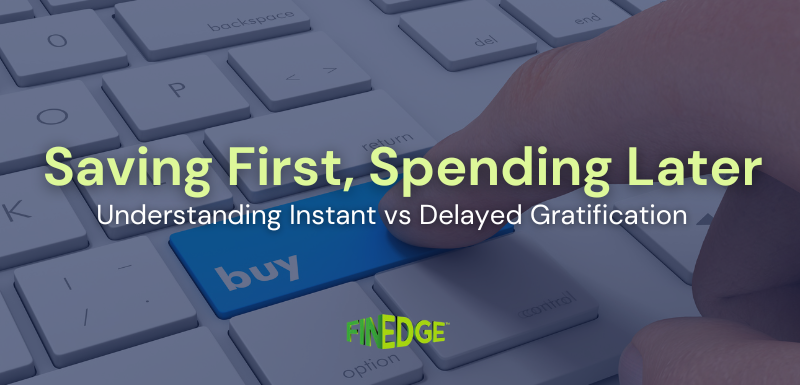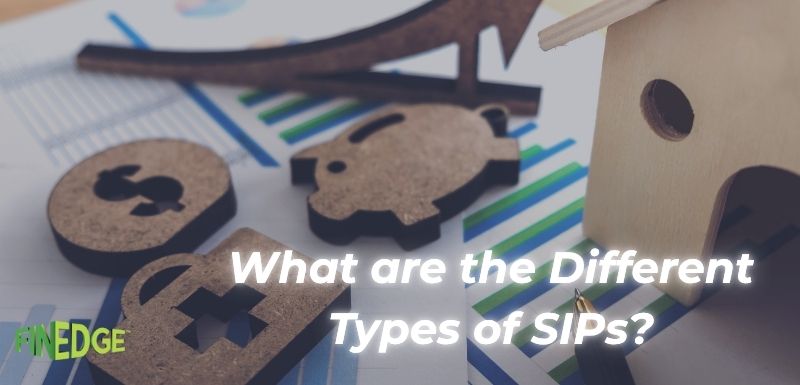Investing Insights
With over 2 decades of experience in the investment industry, Harsh is considered a subject matter expert in personal finance and has a keen interest towards the behavioral side of investing.
FinEdge’s bionic business model and its tech investment platform, Dreams into Actions (DiA), has been conceptualized by Harsh and enables the unique ability of FinEdge to bring the best of processes, people and technology together to deliver tangible value to investors.
Before founding FinEdge in 2011, he has worked extensively in the wealth management & private banking space with Standard Chartered Bank, Religare Macquarie & Dawnay Day AV.
Harsh is an MBA from Symbiosis Institute of Management Studies (Pune) and completed his BCom (Honours) from Hansraj College (New Delhi). Most of his schooling was done in Army Schools (APS – Dhaula Kuan).
Why Consolidating All Your Investments on One Platform Makes Sense
Many investors accumulate investments gradually, across employers, platforms, advisors, and products. Over time, what began as diversification can turn into fragmentation. Consolidating investments on one platform is not about reducing choice or control; it is about gaining clarity, aligning investments with goals, and improving decision-making across market cycles.
Why Successful Investing Follows a Clear Why–How–Where Framework
Investing decisions are often influenced by market trends, recent performance, or product recommendations. However, long-term investment success depends more on structure than selection. A clear Why–How–Where framework brings discipline to investing by ensuring that goals are defined first, planning comes next, and product choices follow. This approach helps investors build portfolios that are aligned with their objectives and sustainable over time.
Responsible Credit Card Usage: Three Principles Every Consumer Should Follow
Credit cards are powerful financial tools when used correctly, offering convenience, rewards, and short-term liquidity. But when used without discipline, they can quickly turn into high-interest liabilities. Understanding a few essential principles can help you manage your cards responsibly, maintain a strong credit score, and avoid stress caused by compounding debt.
Can AI Replace Financial Advisors? What Investors Should Really Expect
The rapid growth of AI in financial services has made many investors wonder whether AI can replace financial advisors. AI brings speed, automation, and powerful analytical capabilities, but meaningful financial planning requires far more than data. Investors need guidance that adapts to life changes, supports decision-making during uncertainty, and connects financial choices to long-term goals. That level of interpretation and behavioural understanding remains uniquely human, making the future of wealth management a blend of technology and human expertise.
Instant vs Delayed Gratification: A Behavioural Lens on Long-Term Wealth Creation
Wealth creation is not driven only by market movements or income levels, it is equally shaped by everyday behavioural choices. The balance between instant and delayed gratification often determines whether an investor accumulates meaningful wealth or repeatedly falls short of long-term goals.
Types of Debt Funds in India
Debt funds in India offer something for everyone, from overnight investors to those with long-term goals. Knowing the types of debt funds can help you align your choices with your financial plan.
Index Funds: A Simple Route to Market-Linked Investing
Index funds are among the simplest ways to participate in market growth they replicate benchmark indices, reduce costs, and eliminate the need for stock-picking expertise. For investors seeking disciplined, low-cost, and transparent exposure to the markets, index funds can be a foundational component of a long-term investment strategy.
All About Direct Mutual Funds: Cost Saving or Goal Achievement?
Direct mutual funds promise cost savings, but investing isn’t just about expenses. Here’s how to know when going direct truly supports your long-term goals.
How to Categorise Financial Goals: Short, Medium, and Long-Term Goals Explained
Before we get into strategies and structures, it’s important to understand the value of categorising financial goals. Every individual has a unique set of aspirations, but not all goals carry the same urgency or impact. By breaking them down clearly, you can build a systematic, purpose-driven investment plan tailored to your life.
What are the Different Types of SIPs? How to Use Step-Up SIP to Reach Your Financial Goals Faster
SIPs (Systematic Investment Plans) are a cornerstone of goal-based investing in India. But did you know that there’s more than one type of SIP? From the simplicity of Regular SIPs to the adaptability of Flexible SIPs, and the acceleration potential of Step-Up SIPs, there’s a strategy for every kind of investor. In this blog, we’ll explain the different types of SIPs and show you how a Step-Up SIP could help you reach your financial goals faster.
Benefits of ELSS Investment for the Salaried Class
If you're a salaried professional looking to save tax while growing wealth, Equity Linked Savings Schemes (ELSS) might be your ideal match. ELSS funds offer tax benefits under Section 80C and come with a shorter lock-in period than most other tax-saving instruments. But their real strength lies in long-term wealth creation, especially when invested in through SIPs. Here’s how ELSS can play a strategic role in your investment plan.
What Is the Real SIP Return After 10 Years? The Truth Long-Term Investors Should Know
In recent years, SIPs (Systematic Investment Plans) have gained immense popularity among Indian investors seeking long-term wealth creation. But how have SIPs actually performed over a decade? If you're wondering what the average SIP return in 10 years really looks like, and whether it's enough to meet your financial goals, this blog breaks down the numbers and what they mean for your future.
Latest Posts
Lessons From the World’s Best Investors to Carry Into the New Year
Dec 26, 2025
Why Consolidating All Your Investments on One Platform Makes Sense
Dec 24, 2025
Why Comparing Investment Returns Can Be Misleading
Dec 22, 2025
CAGR vs XIRR vs Absolute Return: Understanding Which Return Really Matters
Dec 19, 2025
Why Successful Investing Follows a Clear Why–How–Where Framework
Dec 17, 2025
The Importance of your Child’s Education Goal
Feb 28, 2024
Why Retirement Planning is Important
Nov 08, 2023
Oct 31, 2023
Investing Behaviour and the investing roller coaster
Oct 12, 2023




.png)



.png)

.jpg)

.jpg)
.jpg)




